This series is an exploration of identity and its construction. St Petersburg, Russia's former political and (some argue still current) cultural centre, offers some unique perspectives on the construction of Russian identity. Interestingly, most Russians agree that neither St Petersburg nor Moscow are representative of Russia, this is unsurprising since most Russians do not live in either city. However, these cities have been home to the central powers that have wielded rhetoric in the goal of constructing identity. This series comments on the use of nostalgia for both the Soviet and Tsarist empires under Putin.
The use of 6x6 medium format (Kiev 6C) was to enhance the decorum surrounding the Victory day parade and to confer an intemporal quality to the photographs which would be revealing of the use of nostalgia in identity rhetoric.
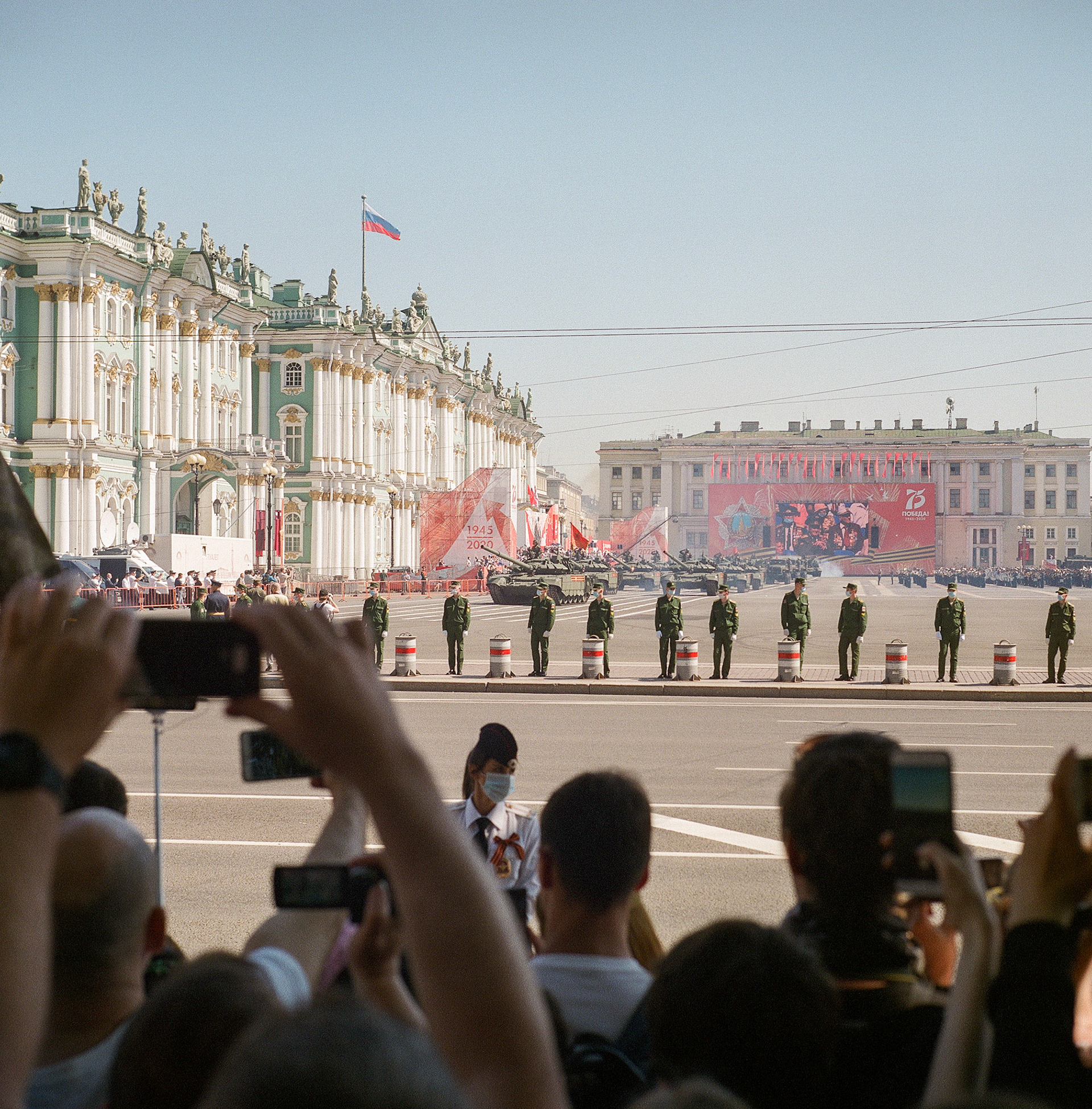
V(ictory)
It seems as if the past has intruded into the lives of the inhabitants of St Petersburg on June 24th around 9am; it has cordoned off their city centre and pushed them aside.
A procession of T72s streams out of a red, star-adorned portal. They are dwarfed by the grandeur of the Winter palace and roll on by under the watchful eye of a tricolour flag upon which the imperial eagle no longer perches. Such a display isn't uncommon on 9ths of May, but only surgical masks betray the culprit responsible for this rumbling and smoking irruption on a peaceful white-night morning.
Faced with this anachronistic collision of 3 empires, one cannot help but to immortalise it. The irony of the situation is not lost on me as I lift my Kiev camera while Peter's city lift their smartphones.
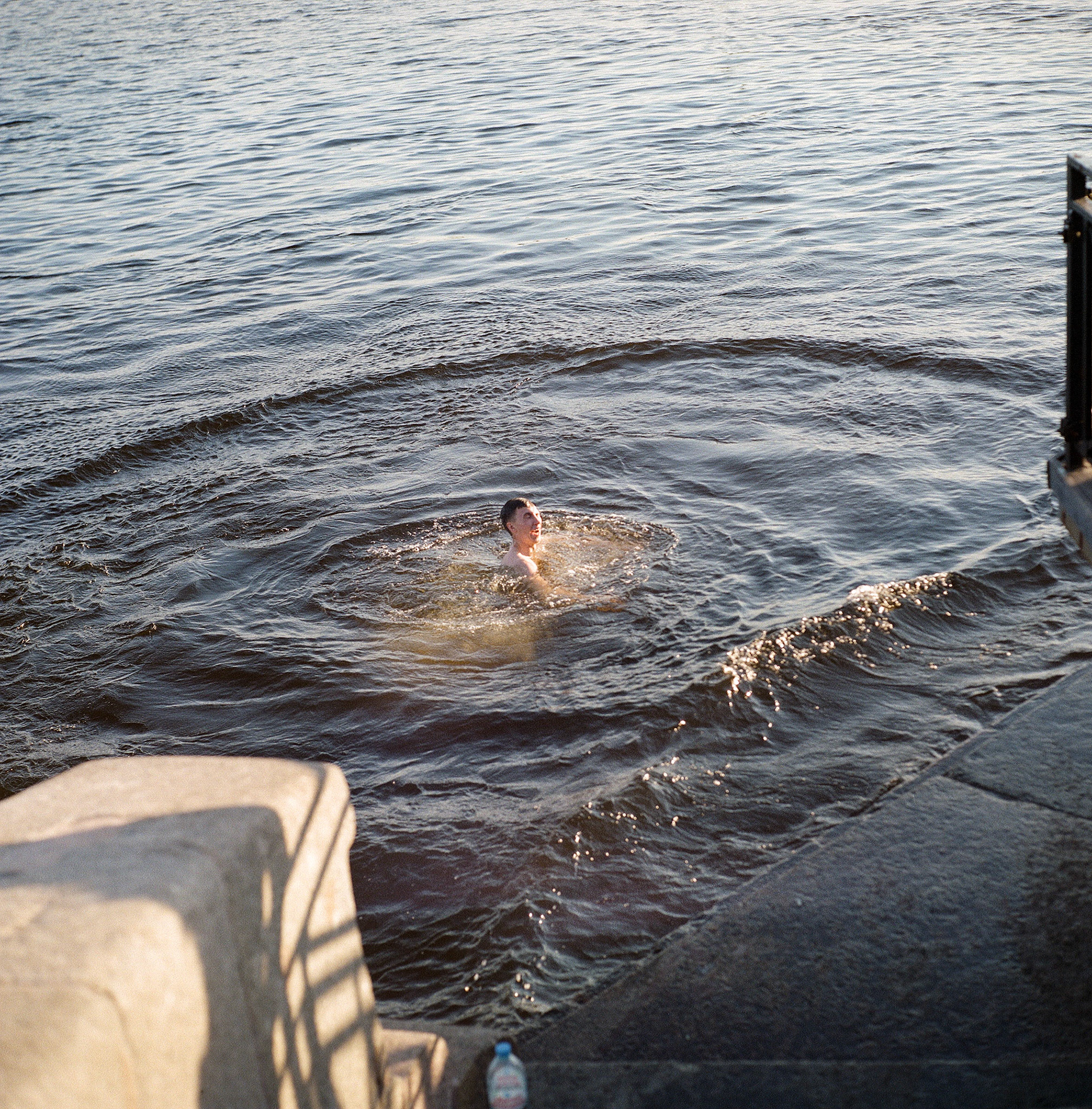
IV
Earlier that morning, around 6am.
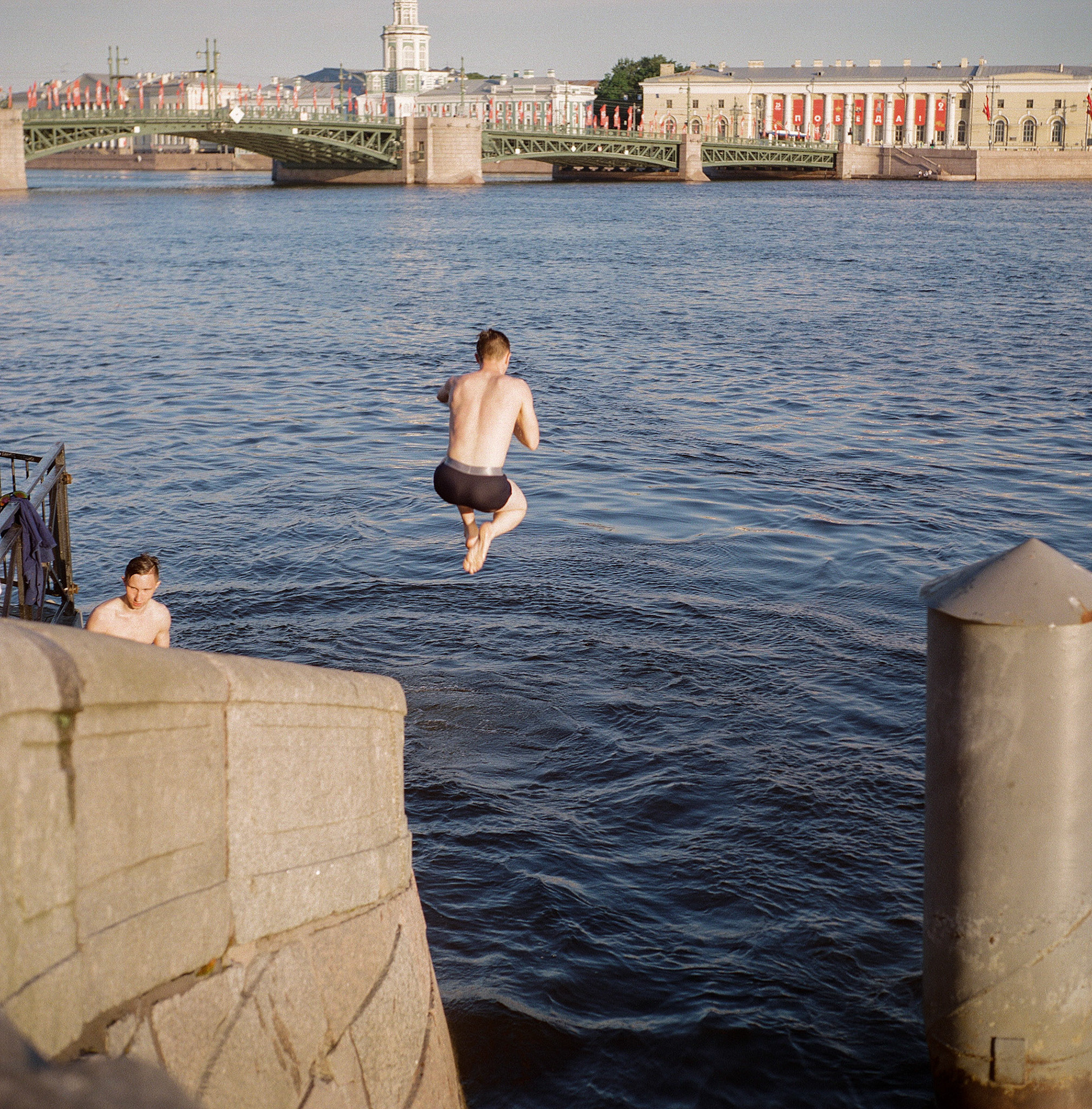
III
Earlier still, seconds before the previous picture.
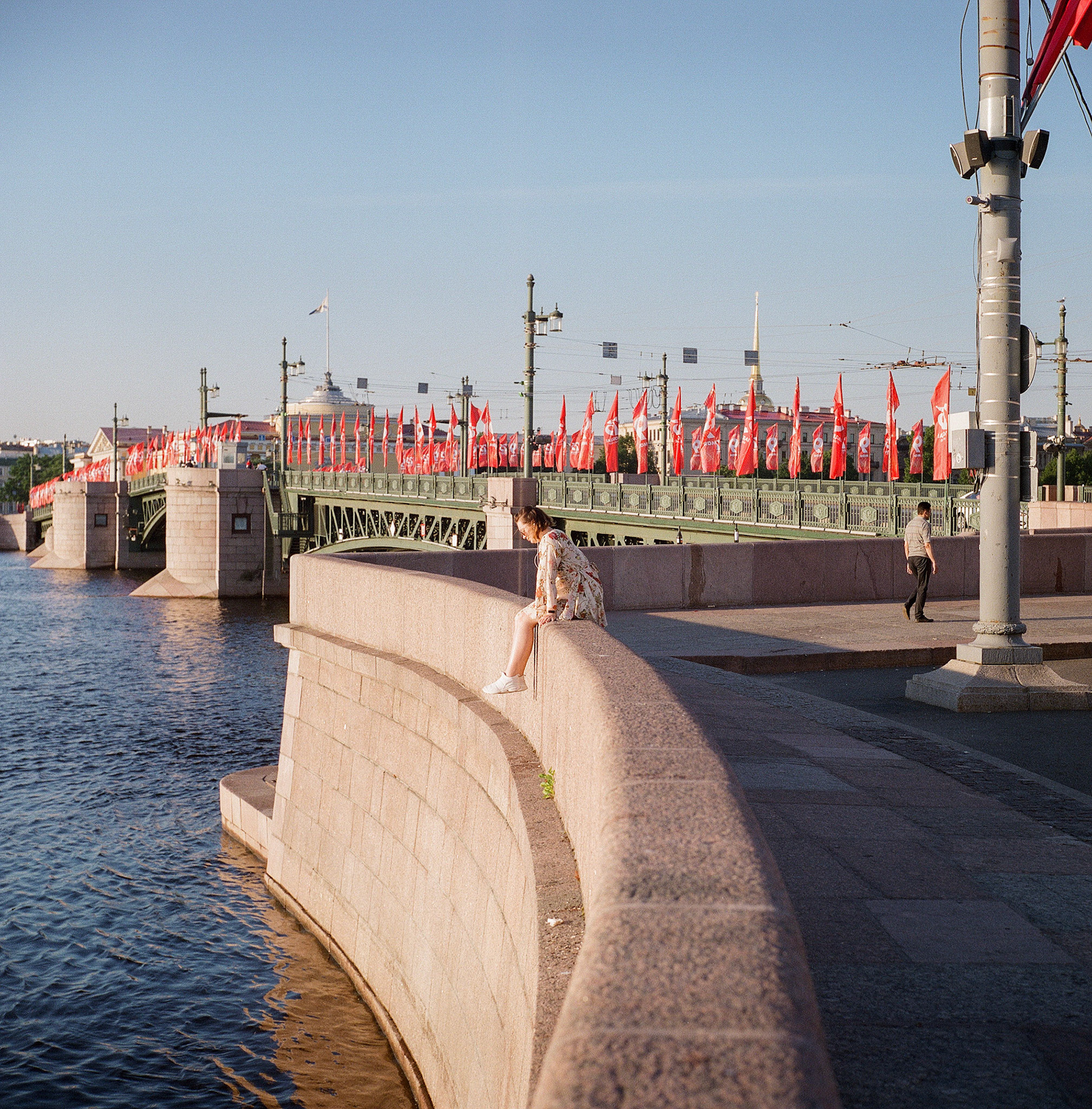
II
Earlier still, around 5am.
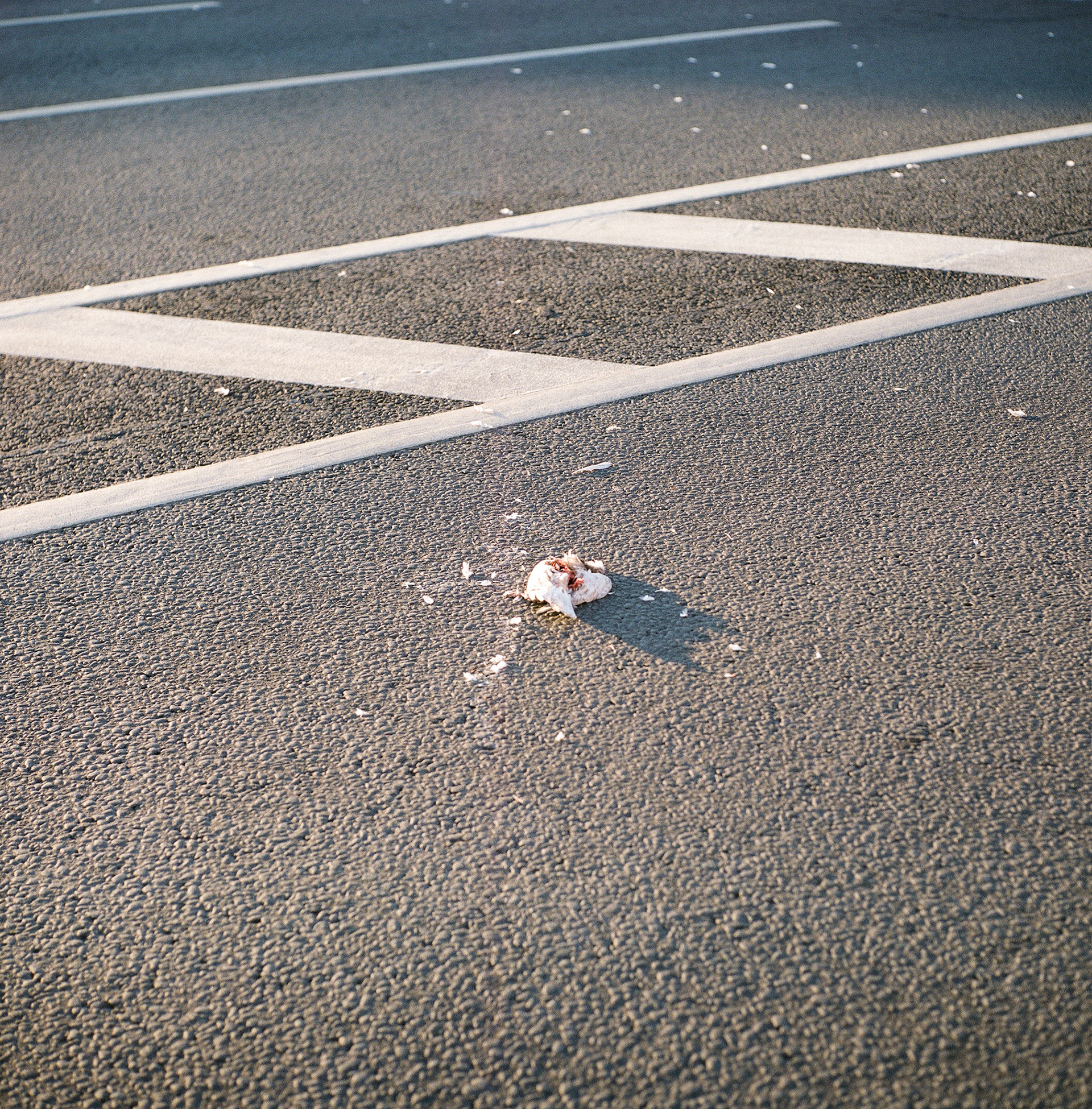
I(mpact)
Earlier still, around 3am. When happening across this scene, l could in no way know what it foreshadowed.